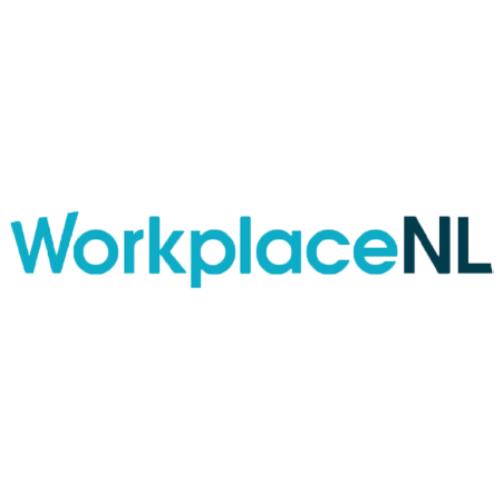St. John’s, NL – WorkplaceNL has released its 2023 Annual Performance Report, meeting annual strategic objectives for building healthy and safe workplaces, return to work and recovery from injury as well as growing strategic partnerships.As examples, WorkplaceNL reviewed its Traumatic Psychological Injury and Priority Employer Programs, rolled out changes to the PRIME program for small employers, secured training for health care providers, consulted on covering psychological injury due to workplace violence and harassment, as well as launched the ‘Getting back is part of getting better’ campaign. More information on these and other activities are in the report.
The 2023 lost-time injury rate reached a historic low of 1.3 per 100 workers, 13 per cent lower than 1.5 in 2022. The industries with the highest 2023 lost-time injury rates are fish processing (3.0), fish harvesting (2.9) and agriculture (2.5) industries. Industries with the lowest are finance, insurance and real estate (0.1), mining, oil and gas (0.5) and service (0.9). More information per industry are in the fact sheets listed below.
At December 31, 2023, the Injury Fund was fully-funded at 121 per cent (2022: 116.2 per cent). This means that benefits for injured workers for the life of their claim are available. The increase is due to better-than-expected investment results during 2023.
“About 93 per cent of employers report no injuries and we have hit our lowest lost-time injury rate ever, all signs of significant improvement in the safety culture in our province,” said John Peddle, Chair, Board of Directors, WorkplaceNL. “Yet, about 12 people a day are injured. We must continue our efforts to prevent injury and implement appropriate return-to-work programs, leading to safer workplaces with lower claims costs. We know we cannot do this alone, and look forward to working with our partners to protect workers and employers.”
He added, “We are committed to maintaining a sustainable, employer-funded, no-fault workers’ compensation system for our province to provide benefits to injured workers and coverage for employers for years to come.”
WorkplaceNL remains cautious as there are pressures on the Injury Fund. Claims costs decreased to $193.0 million in 2023 (2022: $195.0 million) – higher than $183.1 million five years ago. Recent benefit changes and inflation are driving claims costs.
The 2024 average assessment rate paid by employers increased 2.4 per cent to $1.73 per $100 of assessable earnings, from $1.69 in 2023. The rate includes a temporary $0.21 discount, which started in 2019, to address a surplus in the Injury Fund.
WorkplaceNL accepted 4,302 new claims, 10 per cent fewer than 4,760 in 2022. Short-term duration of claims closed in the same year was 47 days (2022: 42 days). Variances to the prior year are due to COVID-19 claims. Average composite duration of claims in 2023 was 117 days (2022: 125) – restated to align with the national definition from the Association of Workers’ Compensation Boards of Canada.
This is the first year that all Canadian workers’ compensation boards are required to use the new accounting standard IFRS-17 Insurance Contracts. This means WorkplaceNL’s financial statements now use short-term market rates to calculate the value of the benefits owed injured workers – hence the reported value of benefit liabilities is expected to fluctuate more year-over-year than in the past.
To avoid corresponding fluctuations in employers’ assessment rates, WorkplaceNL will maintain its longer-term view – using the anticipated long-term return from the investment portfolio that backs the benefit liabilities to determine the funded position and set assessment rates.


